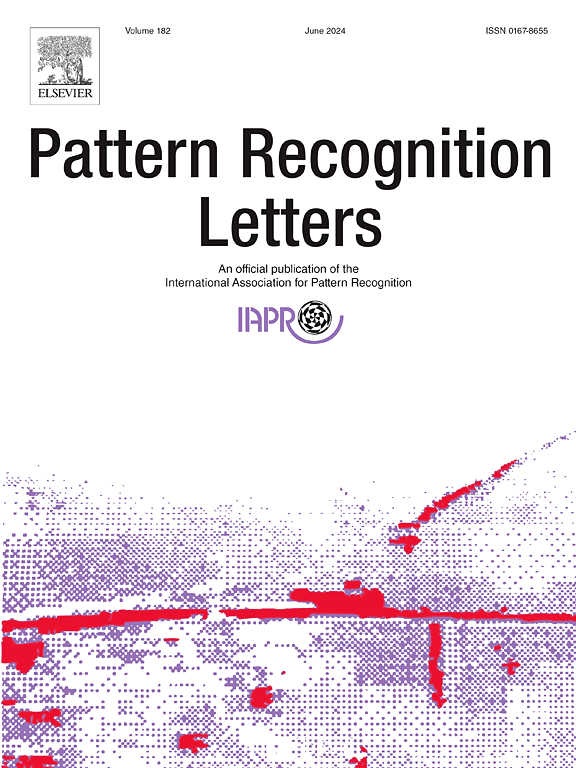Biometric characteristics of hand gestures through joint decomposition of cross-subject and cross-session biases
IF 3.3
3区 计算机科学
Q2 COMPUTER SCIENCE, ARTIFICIAL INTELLIGENCE
引用次数: 0
Abstract
Hand gestures are natural in human–computer interfaces for their use in gesture-based control, as well as personalized devices with privacy preservation and device personalization. However, some hand gestures bear biometric traits, whereas some others generalize well across subjects. The ‘entanglement’ between these concepts is in gestures with tight intra-subject clusters (in a feature space), and low inter-subject separation. This puts forth a key requirement: quantifying the biometric ‘goodness’ of a gesture so as to segregate between the gestures prudent for authentication and recognition-level generalization. We propose a biometric characterization framework that estimates how uniquely and with how much variability, any unseen/seen subject would perform a particular gesture. We leverage a theoretical understanding of personality and stability biases present in cross-user (CU) and cross-session (CS) gesture recognition experiments. Structuring upon the biases that influence performance in these experiments, we derive mathematical relationships that quantify the biometric goodness of a gesture. In order to disentangle bias for identity understanding, we introduce two strategies based upon ‘bias mitigation’ and ‘bias intensification’. We empirically validate the proposed framework through experiments on three datasets. The proposed framework is generic and does not require user identity information. Additionally, this can operate over any existing hand-gesture recognition pipelines.

基于交叉学科和交叉会话偏差联合分解的手势生物特征
手势在人机界面中是自然的,因为它们用于基于手势的控制,以及具有隐私保护和设备个性化的个性化设备。然而,一些手势具有生物特征,而另一些手势则可以很好地概括为不同的对象。这些概念之间的“纠缠”是以紧密的主题内集群(在特征空间中)和低主题间分离的姿态出现的。这就提出了一个关键的要求:量化手势的生物特征“好”,以便区分用于身份验证和识别级泛化的手势。我们提出了一个生物特征表征框架,该框架可以估计任何未见/见的受试者执行特定手势的独特性和可变性。我们利用人格和稳定性偏差的理论理解存在于跨用户(CU)和跨会话(CS)手势识别实验。在影响这些实验表现的偏差的基础上,我们推导出量化手势的生物识别优点的数学关系。为了消除对身份理解的偏见,我们引入了两种基于“偏见缓解”和“偏见强化”的策略。我们通过在三个数据集上的实验对所提出的框架进行了实证验证。提议的框架是通用的,不需要用户身份信息。此外,这可以在任何现有的手势识别管道上操作。
本文章由计算机程序翻译,如有差异,请以英文原文为准。
求助全文
约1分钟内获得全文
求助全文
来源期刊

Pattern Recognition Letters
工程技术-计算机:人工智能
CiteScore
12.40
自引率
5.90%
发文量
287
审稿时长
9.1 months
期刊介绍:
Pattern Recognition Letters aims at rapid publication of concise articles of a broad interest in pattern recognition.
Subject areas include all the current fields of interest represented by the Technical Committees of the International Association of Pattern Recognition, and other developing themes involving learning and recognition.
 求助内容:
求助内容: 应助结果提醒方式:
应助结果提醒方式:


